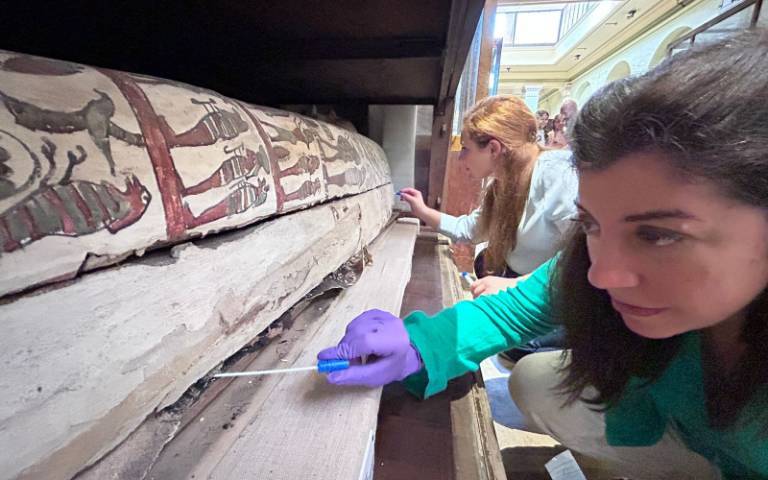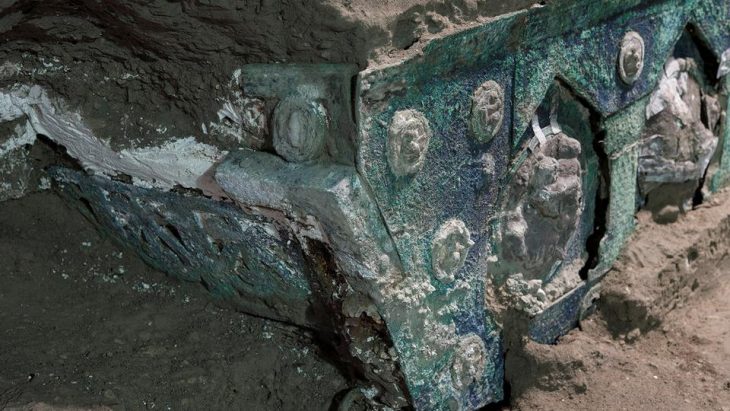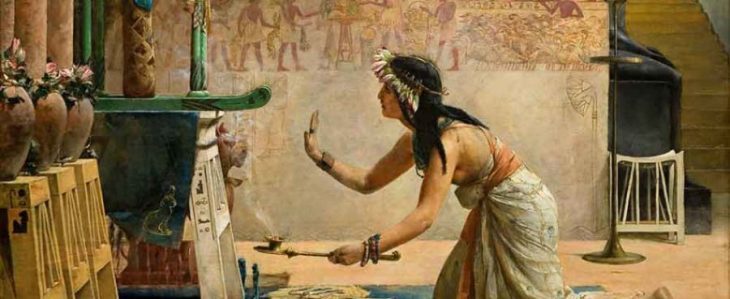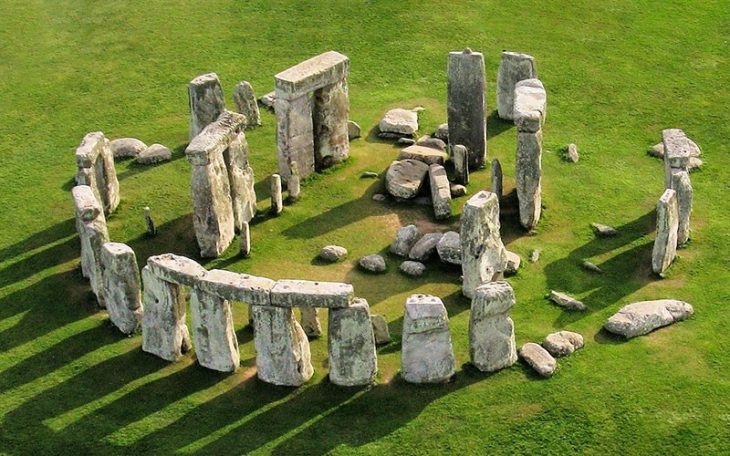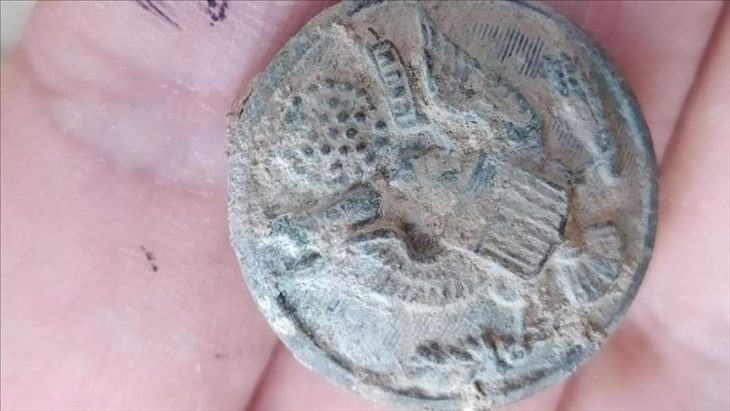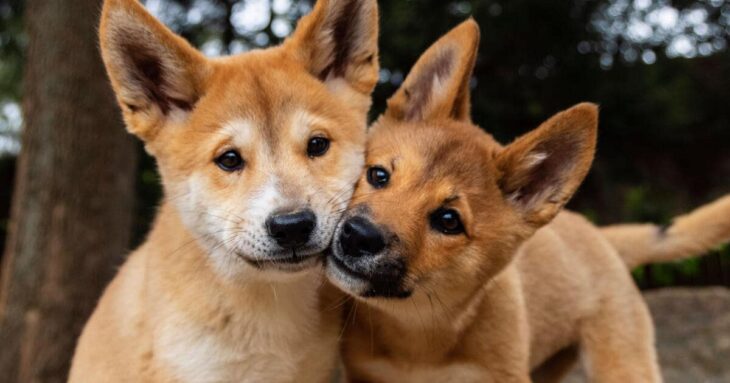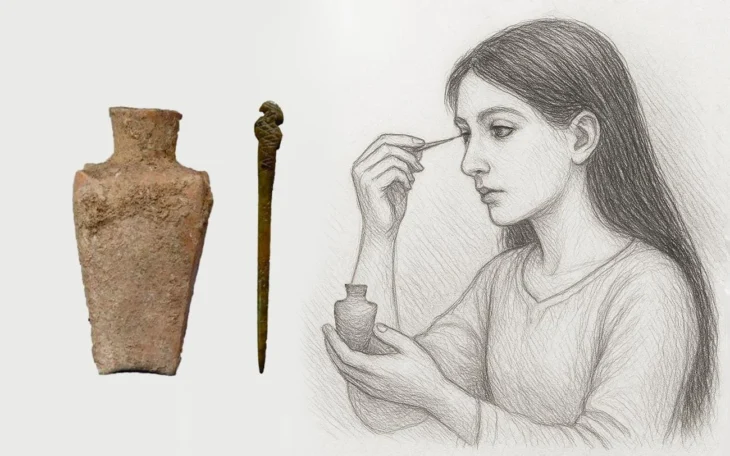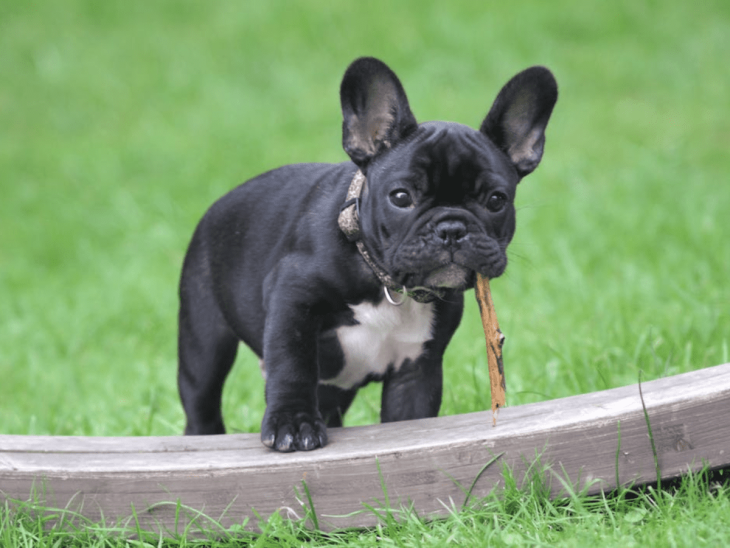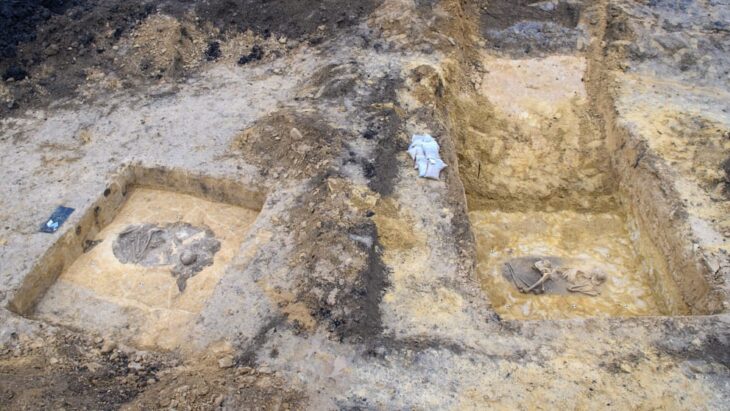A groundbreaking study led by researchers from University College London’s Institute for Sustainable Heritage and the University of Ljubljana has unveiled that ancient Egyptian mummified bodies emit scents described as “woody,” “spicy,” and “sweet.”
The research, published in the Journal of the American Chemical Society, is the first systematic study of the smells associated with mummified bodies, utilizing a combination of instrumental and sensory techniques, including an electronic ‘nose’ and trained human ‘sniffers.’
The study focused on nine mummified bodies housed in the Egyptian Museum in Cairo, providing fresh insights into the materials and methods used in ancient mummification practices. By analyzing the emitted odors, researchers aim to enhance conservation strategies and protect these invaluable artifacts while preserving their olfactory heritage.
Lead author Professor Matija Strlič emphasized the significance of this research, stating, “The smell of mummified bodies has long intrigued both experts and the public, yet no comprehensive chemical and sensory study has been conducted until now. Our findings not only aid in conservation planning but also enrich the museum experience for visitors.”
Co-author Dr. Cecilia Bembibre highlighted two key aspects of the study: the revelation of new information through scent and the collaborative effort with Egyptian colleagues to ensure an ethical approach to the research. This partnership underscores the importance of integrating local expertise in understanding ancient practices.
The researchers employed a gas chromatograph coupled with a mass spectrometer to analyze the chemical compounds released by the mummies. Additionally, trained sniffers assessed the quality, intensity, and pleasantness of the odors. This dual approach allowed the team to distinguish between scents originating from the mummies themselves, conservation materials, and natural degradation processes.
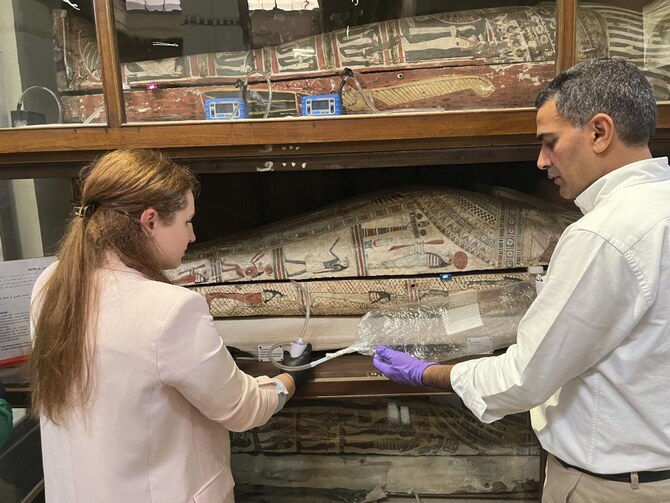
The findings suggest that the pleasant aromas associated with these mummies stem from the use of coniferous resins, oils, and balms during the embalming process. These substances were not only crucial for preservation but also held symbolic significance, as pleasant scents were linked to purity and the divine in ancient Egyptian culture.
Looking ahead, the research team plans to create “smellscapes” that will allow museum visitors to experience the scents of ancient mummified bodies, enhancing their understanding of this aspect of Egyptian heritage. Professor Ali Abdelhalim, director of the Egyptian Museum, noted that mummification was a vital ritual aimed at preserving the deceased for the afterlife, and understanding the materials used can provide insights into the social status and era of the individuals.
While the study offers a fascinating glimpse into the past, it also raises questions about the changes in scent profiles over millennia. As Barbara Huber, a researcher not involved in the study, pointed out, the odors detected today may differ significantly from those present at the time of mummification due to factors like evaporation and storage conditions.
In conclusion, this innovative research not only sheds light on the ancient practices of mummification but also opens new avenues for museum engagement, allowing audiences to connect with history through their sense of smell. As the study demonstrates, the scents of the past can enrich our understanding of ancient cultures and their rituals, making history a more immersive experience for all.
Paolin, E., Bembibre, C., Di Gianvincenzo, F., Torres-Elguera, J. C., Deraz, R., Kraševec, I., Abdellah, A., Ahmed, A., Kralj Cigić, I., Elnaggar, A., Abdelhalim, A., Sawoszczuk, T., & Strlič, M. (2025). Ancient Egyptian mummified bodies: Cross-disciplinary analysis of their smell. Journal of the American Chemical Society, 147(8), 6633–6643. https://doi.org/10.1021/jacs.4c15769
Cover Image Credit: Emma Paolin, PhD researcher at University of Ljubljana (rear) and Dr Cecilia Bembibre (UCL Bartlett School of Environment, Energy & Resources) (foreground) take swab samples for microbiological analysis at the Krakow University of Economics. Credit: Abdelrazek Elnaggar

